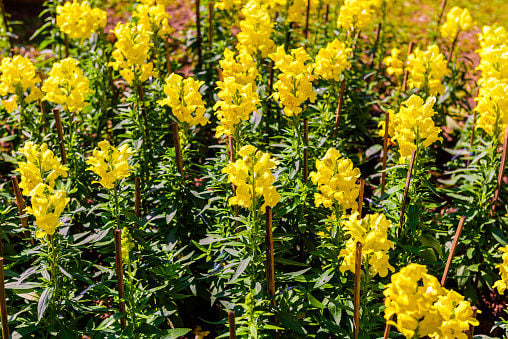Q: Some of my snapdragons are covered with dark spots and it seems to be spreading to neighboring plants. What can I do to stop this problem?
A: From examining your plant sample, the problem is a disease called snapdragon rust that is caused by the fungus Puccinia antirrhini. This is a widespread pathogen that has been around since the 1800s. Small, yellow spots on the leaves are the first indication. Unless you are paying close attention, you won’t notice the yellow spots until they mature into chocolate-brown pustules. The spores that emerge from these pustules are spread by wind mostly but also possibly by rain and insects. The infection and incubation of these spores occurs best when temperatures are between 50 and 75 degrees, and that is what we have been experiencing in recent weeks.
Once temperatures exceed 90 degrees or so, the spores cannot survive. Infested plants can be removed and destroyed to reduce the immediate source of spores. There are also fungicides available to manage the rust if removing the plants isn’t in the plan. Look for products labeled for managing rust on landscape plants. Rust-resistant varieties of snapdragons are available. Planting them with space between to allow for air circulation is helpful, as is making sure to use drip irrigation rather than overhead sprinklers.
Peter L. Warren is the Forest Health Program Coordinator for the Arizona Department of Forestry and Fire Management. Questions, photos and videos may be emailed to tucsongardensage@gmail.com





